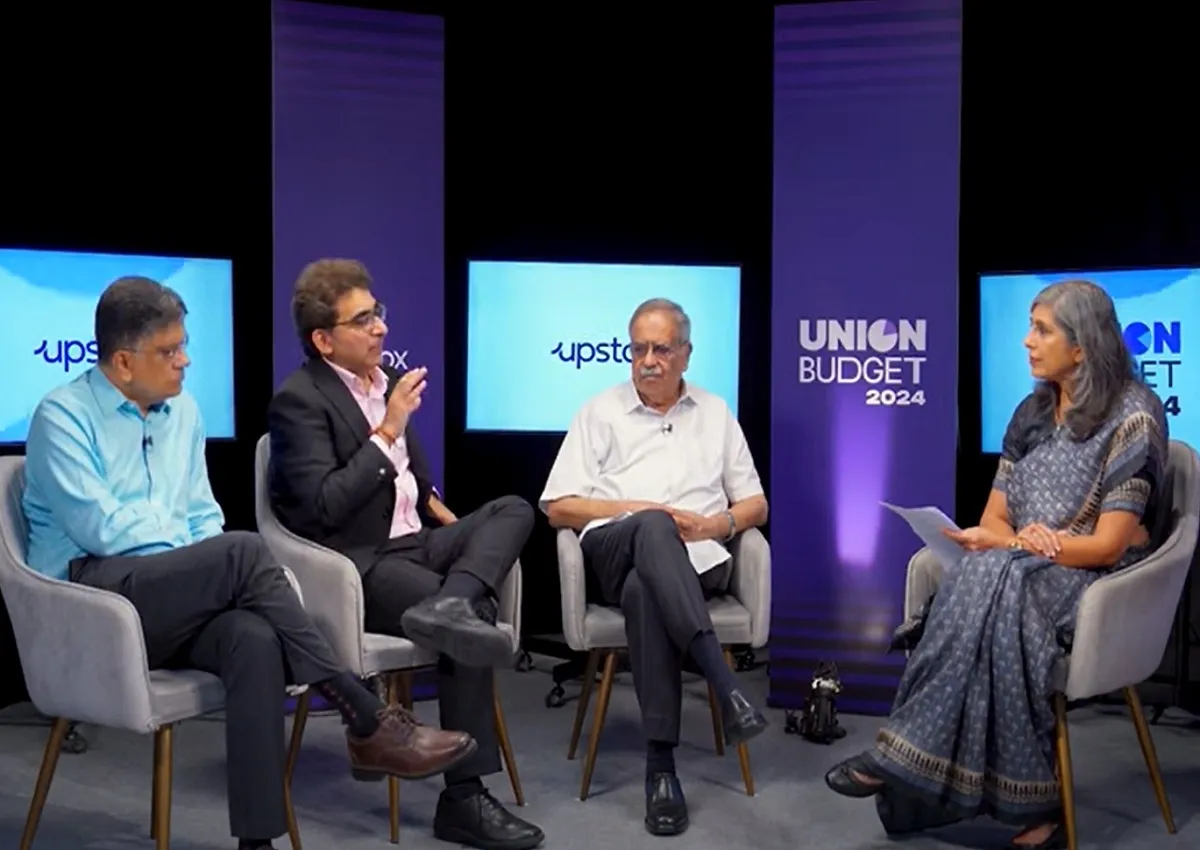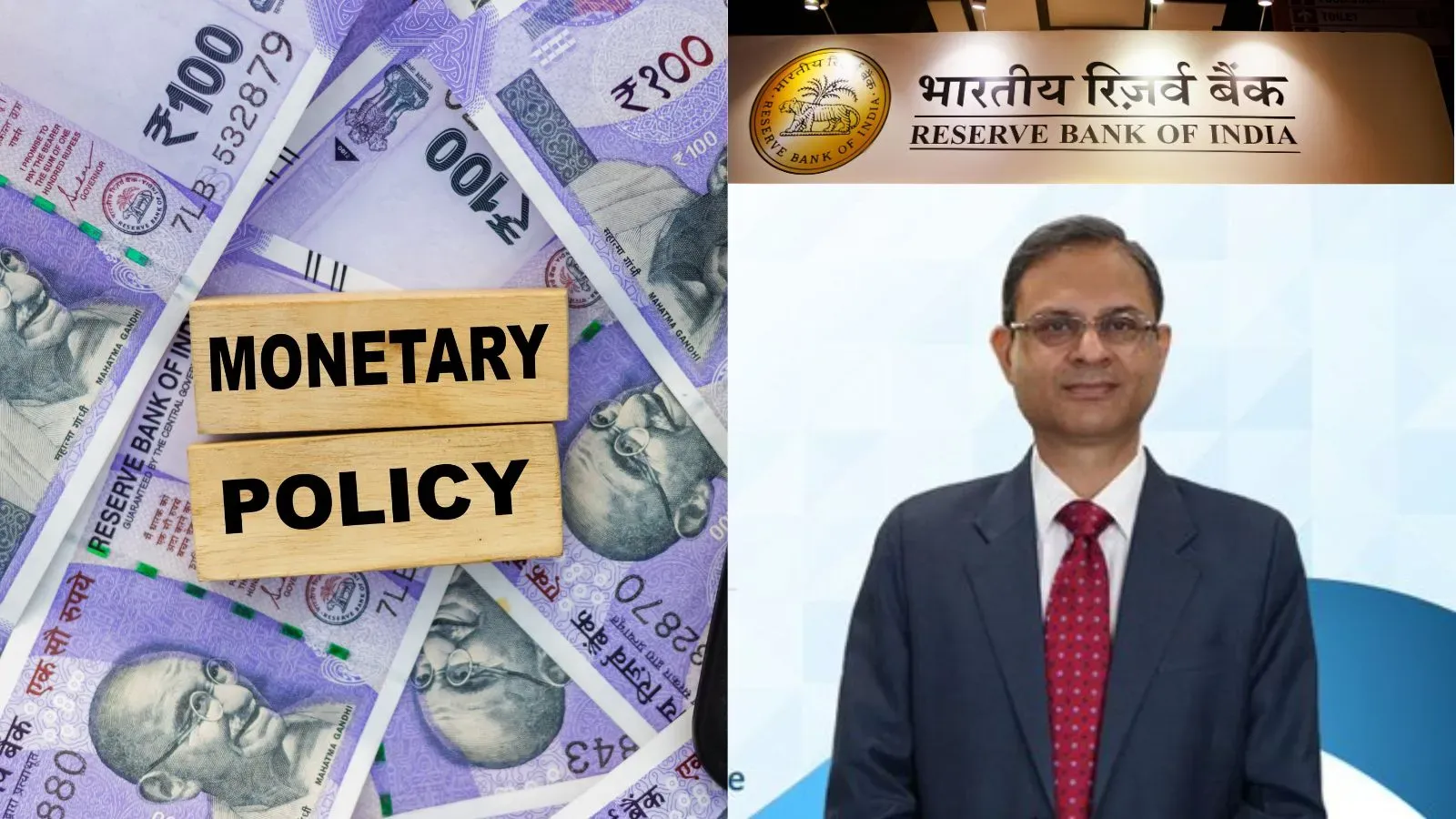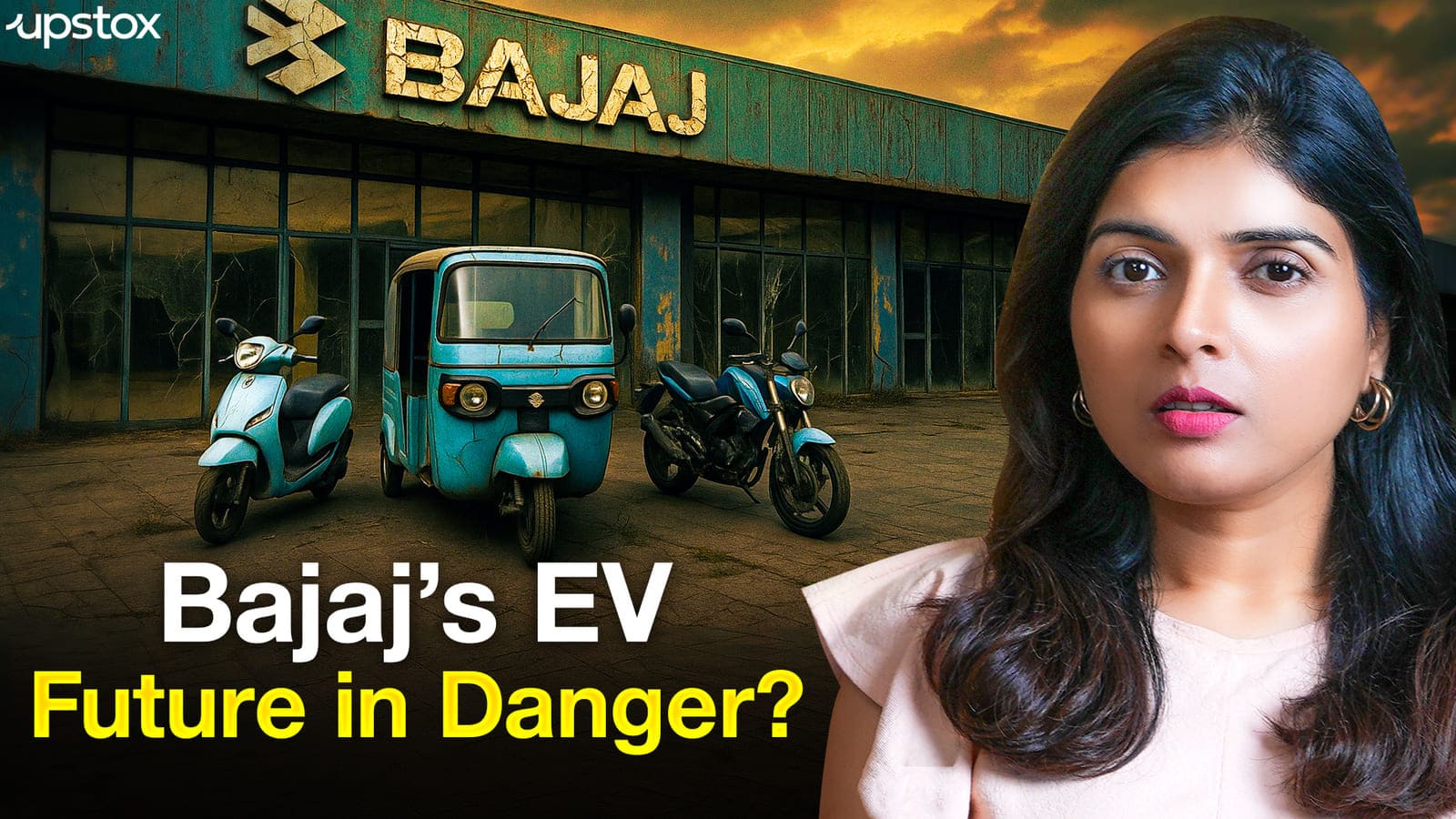Business News
Budget 2024: Is tax relief on cards to spur consumption? Experts weigh-in
.png)
4 min read | Updated on July 18, 2024, 19:44 IST
SUMMARY
In a pre-budget series at Upstox, noted financial educator Monika Halan talked to top experts to help you decode Budget 2024. Panel 1 saw Mr. M. Damodaran, Dr. Sajjid Chinoy and Dr. Niranjan Rajadhyaksha unpack issues that face the country in the run-up to the July 23 Budget.

(From left to right) Artha Global executive director Dr. Niranjan Rajadhyaksha, JP Morgan's Chief India Economist Dr. Sajjid Chinoy, SEBI ex-chief Mr. M Damodaran, and veteran journalist Monika Halan.
The private final consumption expenditure growth stood at 6.8% in fiscal year 2022-23 (FY23), and dropped to 3% in FY24, as per the second advance estimates shared by the National Statistics Office (NSO).
Budget 2024 needs to worry about the “unwillingness of people to spend”, former SEBI chairman Mr. M Damodaran said. “Instead of spending, people are of the mindset that they should invest in something that will protect their future, as they fear that the next crisis after COVID-19 might be around the corner.”
‘Reduce tax rate’
According to Mr. Damodaran, reducing the tax rates is the need of the hour to improve the consumption pattern. “Reduce tax rate, scrap all deductions and exemptions. Just scrap that and see how much money comes. People will sleep better as you won't have to calculate how much you can save where. Financial engineering would be better and simpler,” he said.
However, JP Morgan’s Chief India Economist Dr. Sajjid Chinoy said it is important to recognise that there have been “some progressive developments” in terms of taxation. The gross tax-to-GDP ratio is close to the highest-ever, he pointed out. In the last fiscal year, the ratio stood at 6.08%, which was near to the all-time high of 6.3% achieved in FY 2007-08.
For a country like India, investment has to increase in education, health, climate transition, and other sectors, Dr. Chinoy said, adding that this would require increased investment from the government. For this, the medium-term strategy is to further raise the tax-to-GDP ratio, he noted.
Watch the full panel discussion here:
From the government’s point of view, the focus should be on direct taxes, Dr. Chinoy suggested, adding that relief should be provided to the people through simplification of indirect taxes.
Indirect taxes primarily refer to the Goods and Services Tax (GST) regime implemented across the country.
“Indirect taxes should be simple, broadbased, and we should focus on direct taxes when it comes to progressivity,” Dr. Chinoy said. Dr. Niranjan Rajadhyaksha, a veteran journalist and executive director of policy consultancy group Artha Global, concurred with his views.
“GST reform is the most important issue in my opinion,” Dr. Rajadhyaksha said during the panel discussion. “And by reform, I mean rationalisation of rates,” he added.
Mr. Damodaran was also of the view that the prevalent GST rates were affecting the lower-income group, which in turn was hitting their consumption power. “We have reached a stage where indirect taxation has become bigger, and disproportionately hitting the poor. It is regressive at the end of the day.”
Fiscal consolidation to continue?
While speculations are rife that the government may resort to increased spending on welfare programmes, experts suggest that it will not be at the cost of capital expenditure. “Commitment to higher capex will continue. That is important, we have seen that during the Interim Budget,” Dr. Chinoy said.
Finance Minister Nirmala Sitharaman, while presenting the Interim Budget on February 1, said the capital expenditure outlay for 2024-25 was being increased by 11.1% to ₹11.1 lakh crore. This amounts to 3.4% of GDP.
According to Dr. Rajadhyaksha, the government could increase spending in some of the welfare programmes, such as PM-KISAN Samman Nidhi Yojana – which makes farmers with small landholding eligible for annual cash handout of ₹6,000 – and the Mahatma Gandhi National Rural Employment Generation Act (MNREGA), which guarantees 100 days of employment to adult members of rural households.
“However, the budget alone cannot turn around the consumption story. For that, you need job creation,” he stressed.
On fiscal consolidation, Mr. Damodaran is of the view that the government should act cautiously. “I believe that you should not tighten the belt too much. If you do that, there will be parts of the economy that will be hit disproportionately,” he said.
To track Upstox's coverage of Union Budget 2024, stay tuned here
By signing up you agree to Upstox’s Terms & Conditions
About The Author
Next Story

